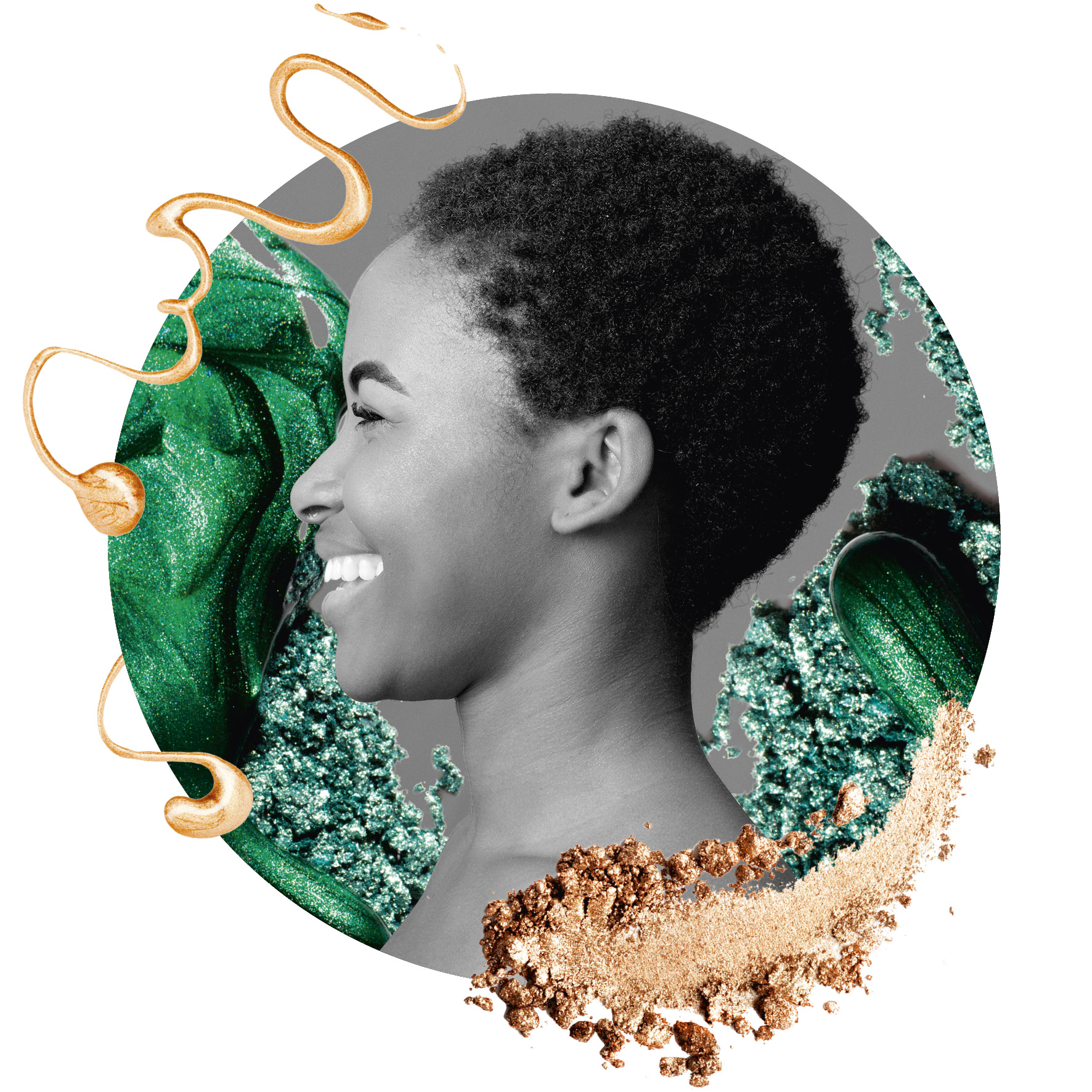Guilt-free tips for adding sparkle in an eco-glam way.
Words Carolyn Enting
In the family tree of ocean-harming substances, glitter is a close relation to the microbead. Sparkly and small, it’s also getting past our filtration systems and entering the marine food chain.
But if you’re still after a bit of sparkle, fear not. Here are some of the pros and cons of the eco-friendly alternatives.
Synthetic mica (synthetic fluorphlogopite)
· Used by ethical vegetarian beauty brand LUSH as one of the components of its plastic-free glitters, lustres and pigments. Depending on its thickness and the oxides it is coated with, a wide variety of effects, shimmers and colours will be achieved. “Even though it’s synthesised in a lab, it is constructed of natural minerals, so you don’t end up with the problem of microplastics which can end up in the oceans and water supplies,” says LUSH creative buyer Gabbi Loedolff.
Mica
· A natural mineral that is broken down to create a sparkly powder, mica is commonly used in cosmetics. To give colour and shimmer, micas undergo chemical processing that can involve being coated with mineral oxides and covered with synthetic colourants.
LUSH has made a commitment to remove natural mica completely from its production over concerns about child labour being used in the mining of natural mica. It’s also worth noting that most ‘natural’ micas go through chemical processing.
Synthetic mica is made in a lab, so is purer and brighter than natural mica. It has a smoother finish which means no sharp edges, making it particularly suitable for make-up products used around the delicate eye area.
Bioglitter
· Instead of the polyester film conventionally used to make glitter, ninety per cent of Bioglitter is made from a special modified regenerated cellulose. This comes from hardwoods, primarily eucalyptus sourced from responsibly managed plantations. Even better, this plant-derived material is certified biodegradable in marine environments. The remaining 10 per cent of Bioglitter is made up of the sparkle and colour coatings applied to the cellulose.
Meanwhile Body paint specialists BodyFX use Bioglitter both for its environmental tick and because it feels more comfortable on the skin. Bioglitter is available locally through Body FX’s online store goodglitter.com
“Most commercially available glitters are based on PET film and have minimal biodegradability,” says BodyFX owner Yolanda Bartram. “Bioglitter offers the same precision cut and highly reflective properties as a conventional PET-based glitter and is particularly suited to dry, water-based and oil-based applications.”
Bioglitter does not dissolve in water. However this is a good thing, because if it did it would still be in the water – you would just not see it. Instead, Bioglitter is biodegradable in rivers, lakes and oceans in which there is microbe activity, as microorganisms are needed to transform it into harmless substances. In addition, “independent tests show Bioglitter has very strong biodegradation in fresh water,” says Stephen Cotton of Bioglitter.





